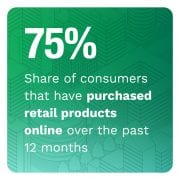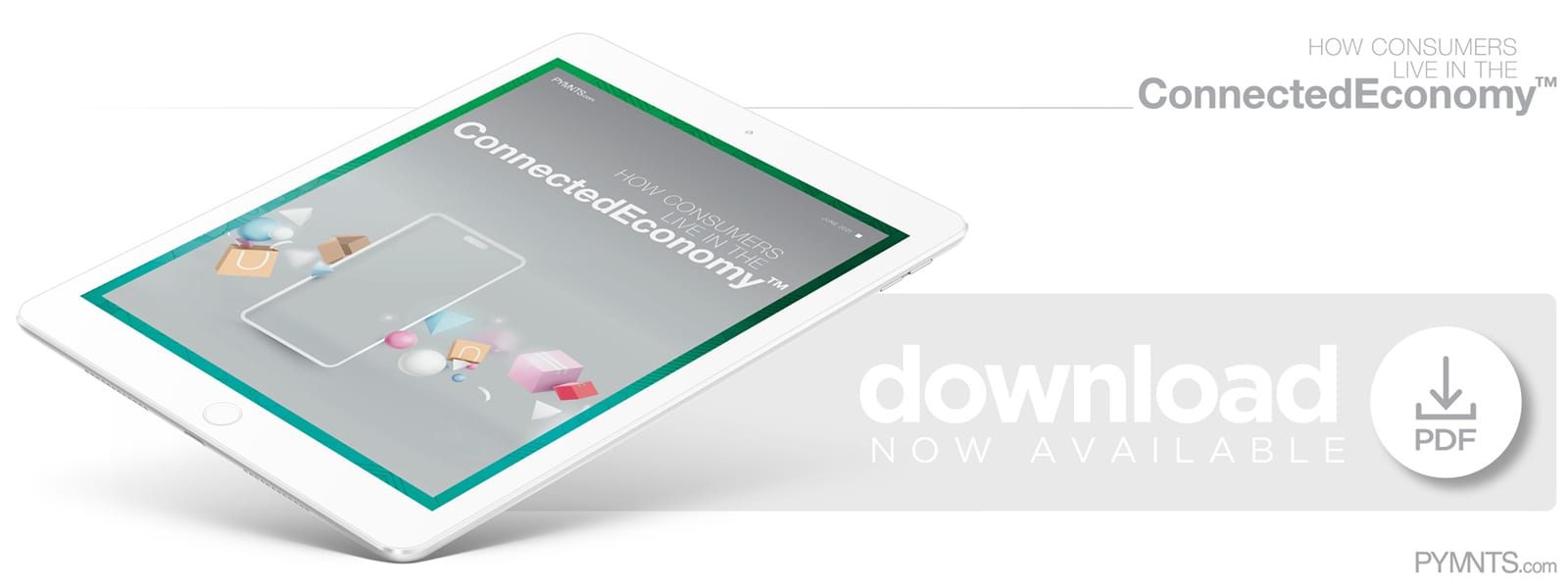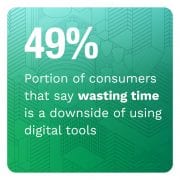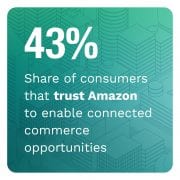Study: How 73 Million Highly Connected Consumers Are Pioneering The Connected Economy

Ninety-two percent of all consumers have placed online orders for products. More than 85 percent have paid bills online and nearly 75 percent have booked hotel tickets online.
These statistics — findings from PYMNTS’ latest research — are all remarkable indicators of the digital adoption that has taken place over the past 15 months. Even so, they merely scratch the surface of the changes being wrought by digital technology and the expansion of connected infrastructure. These transformations go well beyond standalone digital applications, tools or devices. Rather, they are fundamentally altering how consumers negotiate and perform the essential, and nonessential, tasks in each major area of their lives, from work and banking to shopping and having fun.
These innovations have been made possible by a complex and growing web of connections between segments of the economy that were once largely separate from one another, including retail, banking, logistics and technology. This gives rise to the need for a new framework for understanding these relationships: the connected economy. It is the focus of an ambitious new research project upon which PYMNTS is embarking. How Consumers Live In The Connected Economy is based on a survey of more than 15,000 U.S. consumers, examining how they are using connected technology and the internet in essential areas — or “pillars” — of their lives: work, banking, travel and fun, eating, shopping, health, home and social engagement.
 Our research documents how growing technological ecosystems within each pillar are allowing consumers to accomplish significant shares of activities within them. In the banking pillar, for example, more than 70 percent of consumers not only have paid their bills online, but also have made account-to-account transfers and used peer-to-peer apps like PayPal and Venmo.
Our research documents how growing technological ecosystems within each pillar are allowing consumers to accomplish significant shares of activities within them. In the banking pillar, for example, more than 70 percent of consumers not only have paid their bills online, but also have made account-to-account transfers and used peer-to-peer apps like PayPal and Venmo.
At the same time, the level of digital engagement consumers have overall and in each pillar varies considerably. The largest share of highly connected consumers — those who use digital tools on a regular basis to perform a substantial portion of activities within the pillars — can be found in the work sphere (52 percent). This reflects the rise of remote work platforms that have eliminated or greatly reduced the need for offices for many professionals over the past year.
Levels of connectivity also vary considerably across demographics. Highly connected consumers in the work and home pillars, for example, tend to be more affluent and to fall within the millennial age bracket. In other pillars, particularly shopping, access to robust digital tools has in a sense become democratized. The average age of highly connected shoppers is 45, and 61 percent of them are middle-income or low-income, similar to the demographics of the general U.S. population.
Our study also examines some of the weak links in the emerging connected economy and how they might be bridged. One is a reality with which many consumers are probably familiar: the frustrations and anxieties that come from juggling accounts, passwords and personal information across myriad devices, platforms and applications. Sixty percent of consumers consider having their personally identifiable information (PII) stored in too many places online a problem, and 30 percent of them consider it a “huge problem.”
Our data reveals how the expanding connected economy is giving rise to demand for more seamless and integrated services across the various life pillars. We gauged consumers’ interest in a hypothetical “super portal,” a single online app or website that would allow users to establish one digital identity and, with their consent, store and share information across platforms and services.
Approximately 40 percent of consumers overall would be interested in integrating at least four types of data, including that concerning payments, shopping and family connections. More tellingly, the more connected consumers are, the more interested they would be in such a service: 60 percent of highly connected consumers would be interested in integrating data from six separate pillars into a super portal.
These findings just touch the surface of our research. To learn more, download the report.



